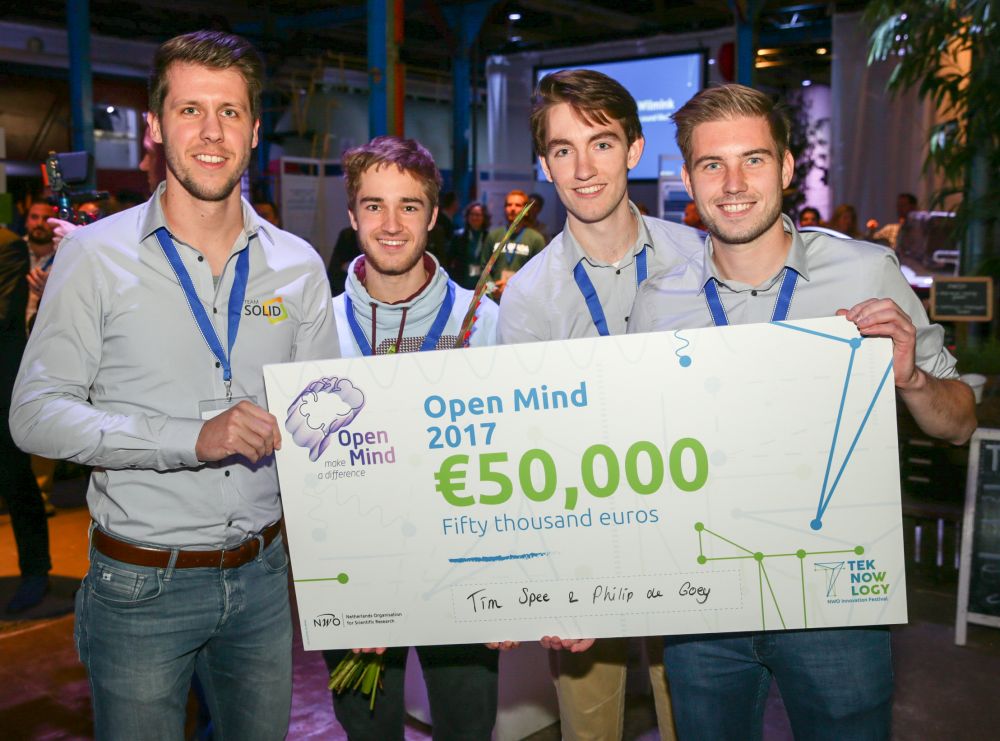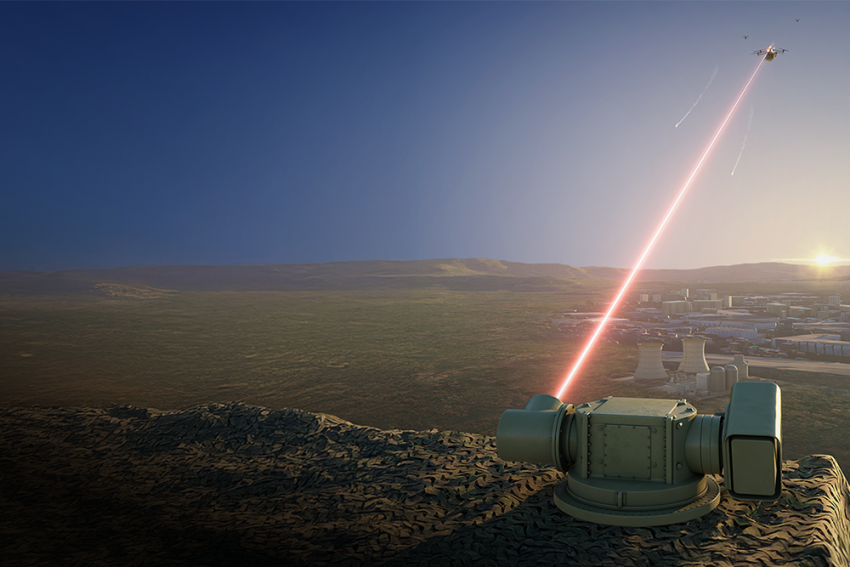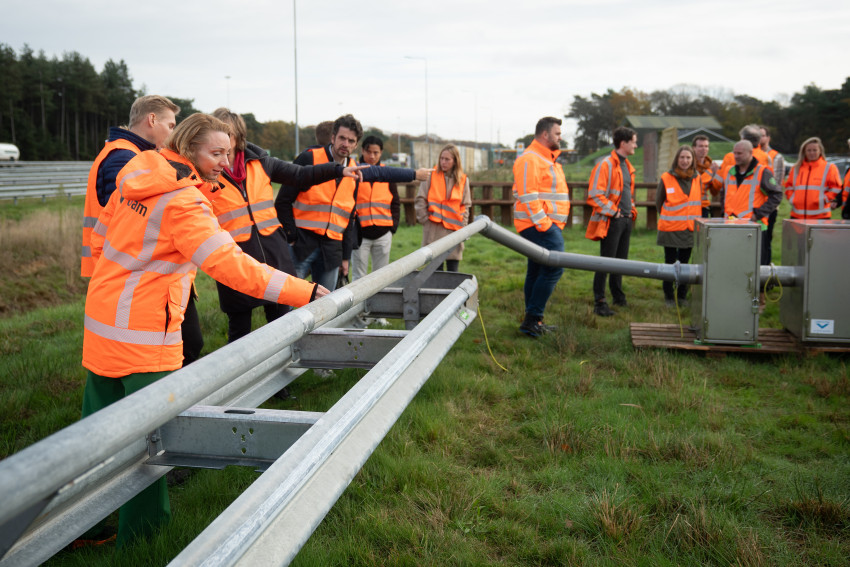
Software erases privacy data on photos
Photos and videos often unintentionally contain privacy-sensitive data. Martha Larson wants to automatically filter out these ‘identifiers’. Her project was one of the winners of the NWO Open Mind competition.
Just suppose: you've been to the hairdresser. You take a great photo of your new hairstyle and share it on social media. The likes flood in. But what you don’t realise is that your new OLED TV is visible in the background, and through the window a church tower. With a bit of snooping around on the Internet, it's not that difficult to zero in on your city, your street and ultimately your house. Very tempting for a thief who likes the look of your TV.
Police Vlogs
Martha Larson, Professor of Multimedia Information at Radboud University, uses this as a good example of how people unintentionally share privacy information. The person sharing the photo just wants to show off his/her new haircut, and has no idea that he/she is unwittingly sharing personal data.
The TV programme De Monitor recently presented similar examples, specifically in this case vlogs and photos posted online by the police. Apparently anonymously, but using the pictures of the locality shown in the vlogs, it wasn’t difficult to trace the home or person concerned.
Larson is now developing an algorithm that filters out this type of surrounding information. For instance, the TV is replaced by a copy of the wallpaper hanging on the wall behind it, or the church is erased from the view out of the window using blue sky. It is of course essential that the algorithm learns to recognise the sensitive information.
Larson's project was one of the winners of the NWO Open Mind competition. This is a prize of € 50,000 for unusual research in the field of Applied and Technical Sciences.
Metal Fuel
One of the other winners was Team Solid, who wants to see metal fuel used in practice. This relates to finely ground metal powder, iron for example, that produces a flame when ignited, due to its oxidation reaction.

Metal fuel has been used for some time now in fireworks to create specific colours. A few years ago TU Eindhoven, led by Professor Philip de Goey, began using metal powder as an alternative to fossil fuels (read ‘Metal powder as car fuel’)
Team Solid, made up of students from TU Eindhoven, is now working on applying this idea in practice by constructing an experimental metal-fuel power plant. They are presently working on a 10 to 20 W unit, but hope to use the Open Mind bonus to build a 100 kW plant. The main hurdle is regulating the supply of metal powder so the flame can be controlled.
Opening photo: Martha Larson. Photo Bram Saeys.
Newsletter
If you found this article interesting, then subscribe for free to our weekly newsletter.







